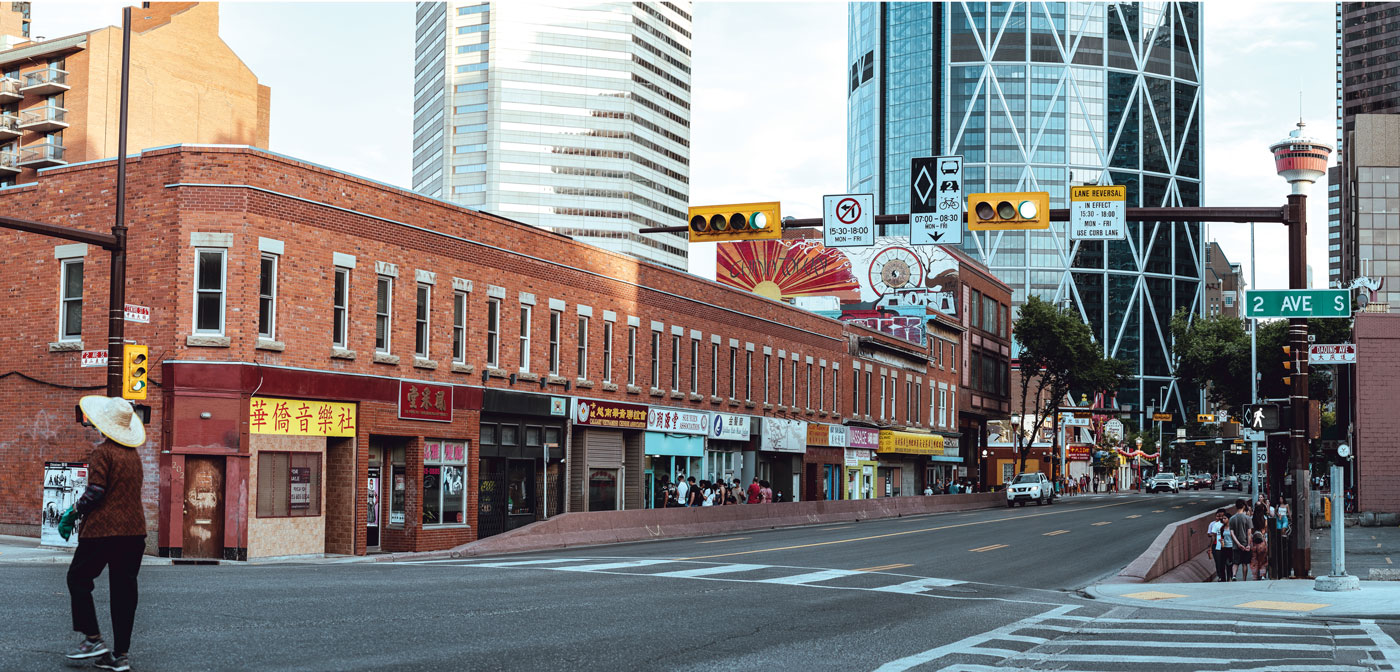
For more than 20 years, Joyce Chan and her family have owned Try Again, a bubble tea shop in the lower level of the Opulence Centre on 3rd Avenue S.E. One of the first bubble tea shops in downtown’s Chinatown, the family business had already weathered the 2013 flood, with no electricity for 10 days, and a flurry of popular bubble tea chains from Taiwan and Hong Kong popping up nearby before the pandemic took its toll on the area.
Chan can often be seen behind the plastic partition helping her mother and father fill orders. She doesn’t view the new bubble tea shops as competition, so much as another way to attract people to visit the area, particularly during the pandemic.
The Opulence Centre is home to other Chinatown icons like Rainbow Bakery and Auntie’s Chinese Burger. As a long-standing business in the centre, Try Again has evolved along with the community, witnessing its many shifts. “When we first opened, no one knew much about bubble tea,” says Chan. “Chinatown has changed a lot. After the flood, many restaurant owners retired or didn’t reopen.”
Even after flood recovery in the area, Chan says she has noticed foot traffic decline over the years. Recently the pandemic has made staying open even more challenging and many storefronts have closed. Try Again has managed to stay afloat partly because of its takeout options. It has also received ongoing support from the local community, drawn to the high-quality drinks with homemade tapioca pearls and the friendly demeanour of the family in the small, well-decorated shop.
Chan notes that some shops have closed due to a generation gap. The older generation who immigrated from China and other parts of Asia set up shop in Chinatown only to find their children either aren’t able to, or aren’t interested, in inheriting their businesses. Though Chan plans to take over Try Again once her parents retire, she worries about other older business owners who may not have this option. “It’s sad to see places closing,” she says, “I wonder what will happen to Chinatown and how to connect younger people back to the area, to honour it and make it seem valuable again.”
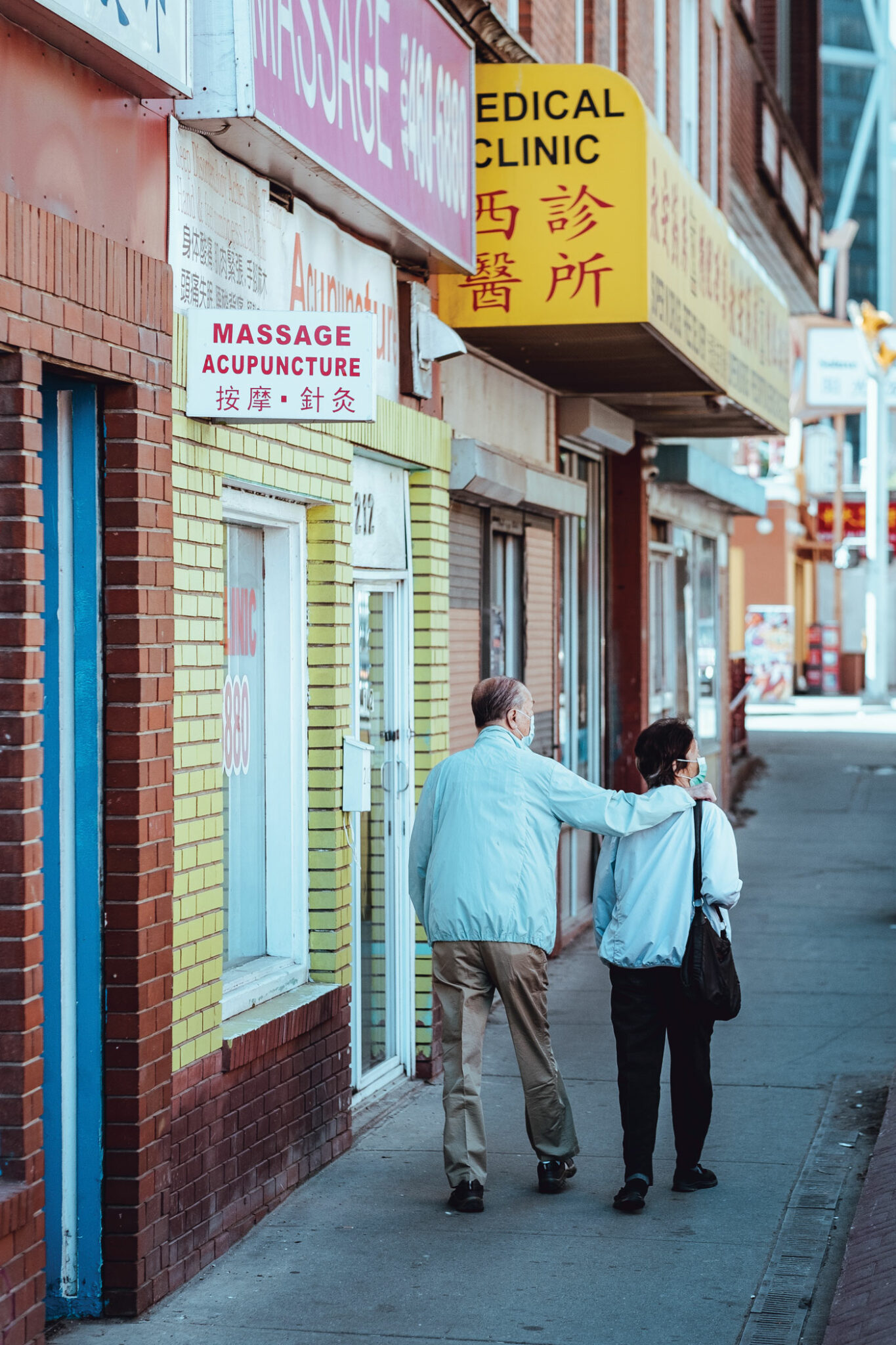
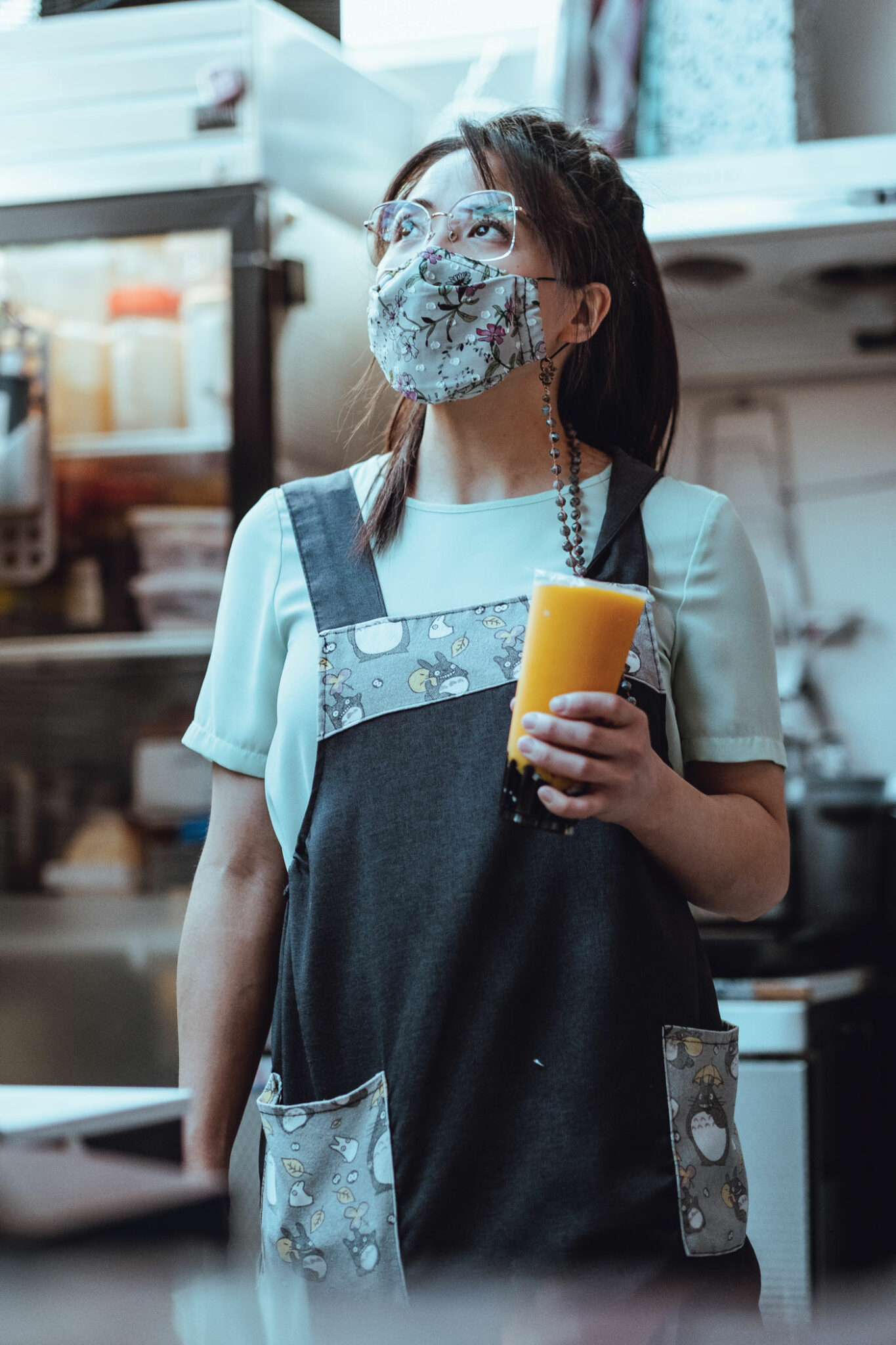
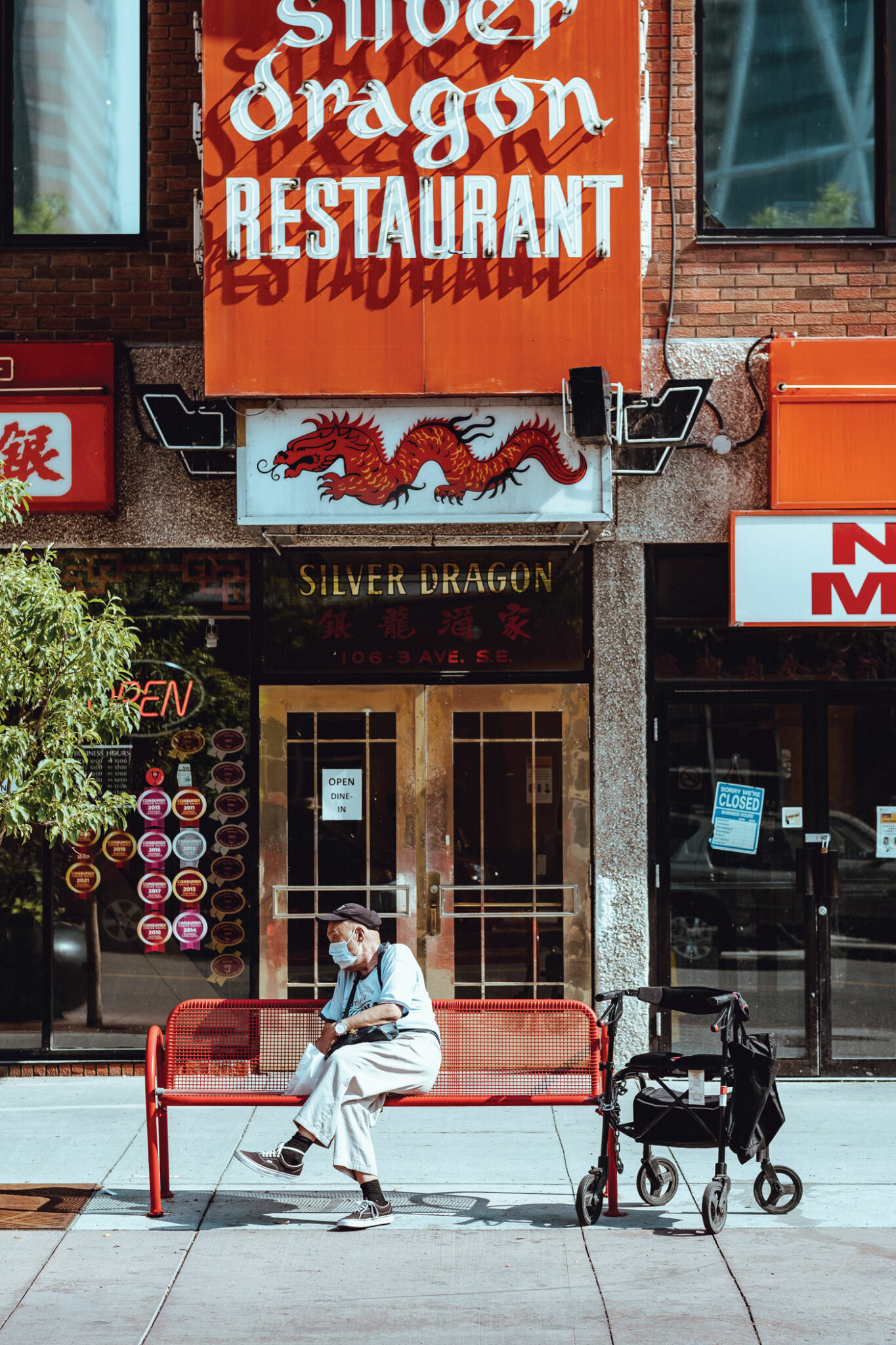
Try Again is one of many businesses in Chinatown uncertain about the future of the community. Its future affects not only business owners, but residents, seniors, benevolent societies and the visitors who all contribute to the sustainability of the area.
As the effects of the pandemic linger and anti-Asian racism continues to rise, Chinatown feels more necessary than ever as a space for the community to stay connected and find support, both financially and culturally.
Spurred by a public call for an updated planning model for the area, the City of Calgary recently announced its Tomorrow’s Chinatown planning initiative, “to support Chinatown’s future growth so it remains a vibrant, culturally rich place to live, visit, work and do business for generations to come.” The initiative is meant to replace the Chinatown Area Redevelopment Plan (ARP) from 1986, which the City admits didn’t consider planning for Chinatown with a cultural, community-centred lens.
“The new ARP is unique because it will be influenced by Chinatown’s own cultural plan,” says Fazeel Elahi, one of the senior planners on the project and the lead for the Local Area Plan. “It will give guidance and direction based on Chinatown’s unique local conditions and community.”
The City’s redevelopment plan comes at an opportune time for Chinatown, given the many challenges it’s facing and the many different groups working to improve it. Though the City has taken steps to engage the community in the planning process, residents and stakeholders are still cautious about outcomes and how redevelopment will affect Chinatown’s sustainability.
Terry Wong, executive director of the Chinatown District Business Improvement Area (BIA), sees the City’s proposal as part of a longer-term project to ensure the community stays vital and relevant. “If we don’t establish Calgary Chinatown as a unique cultural enclave, we risk losing it,” he says.
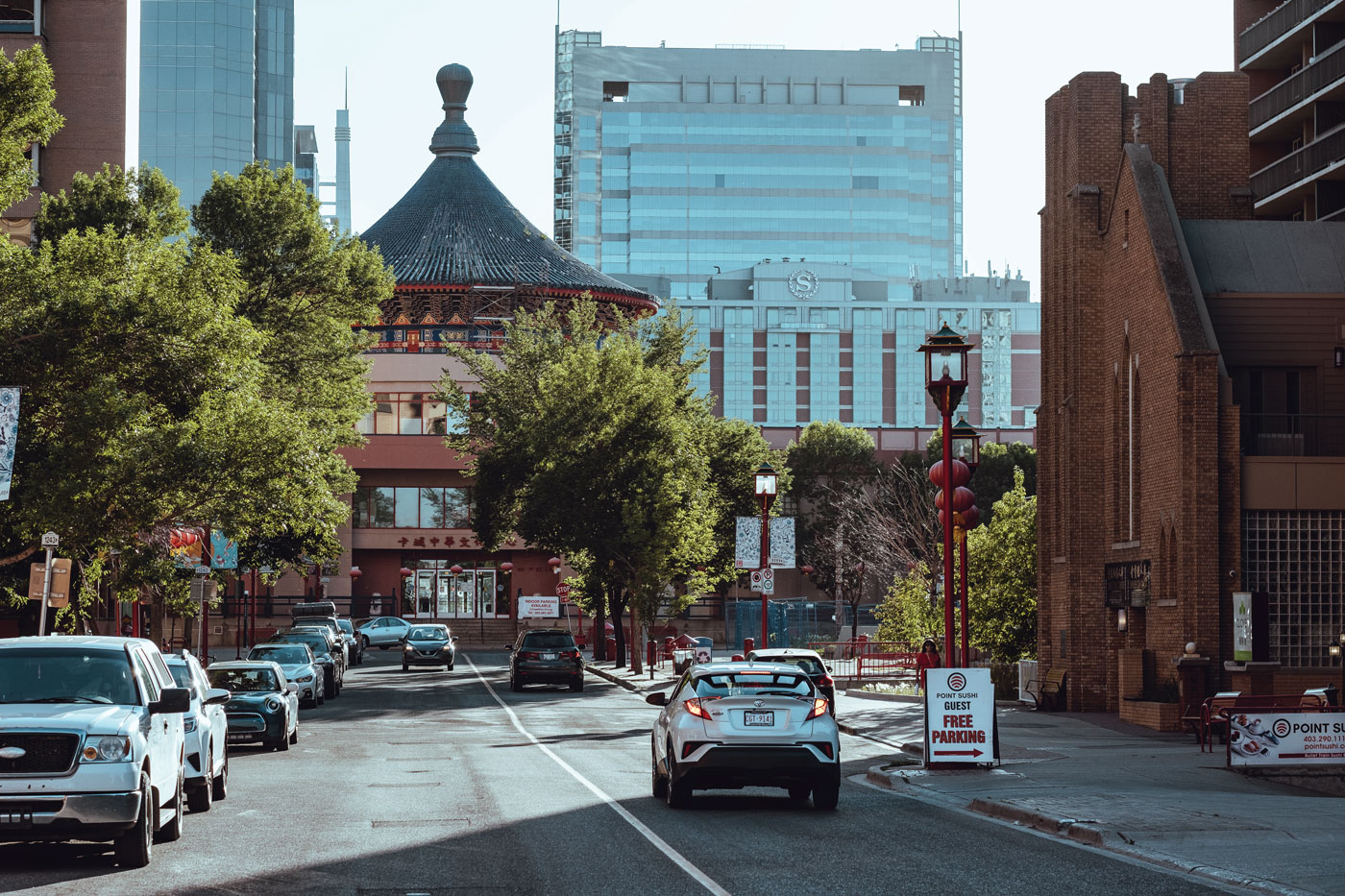
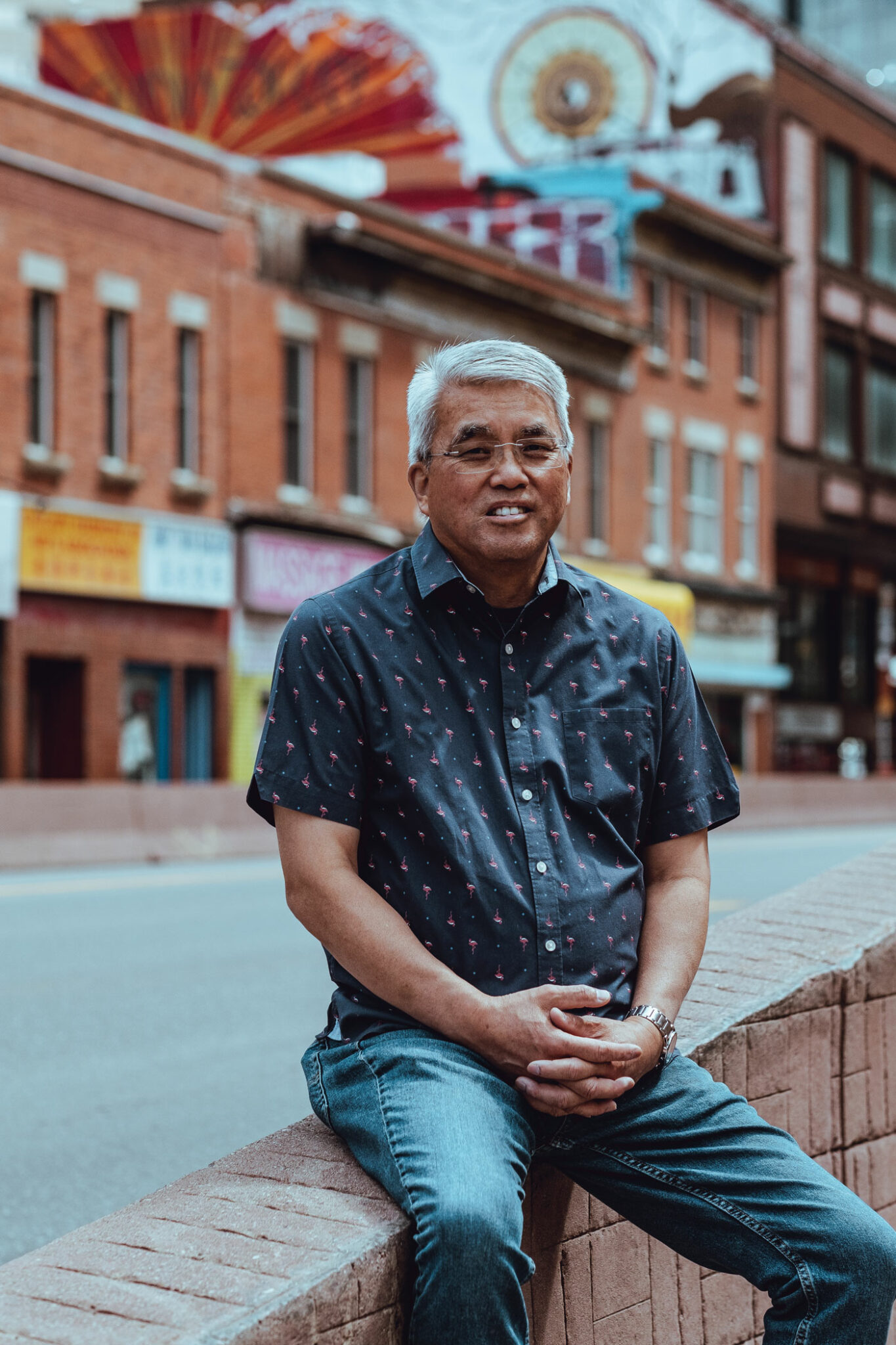
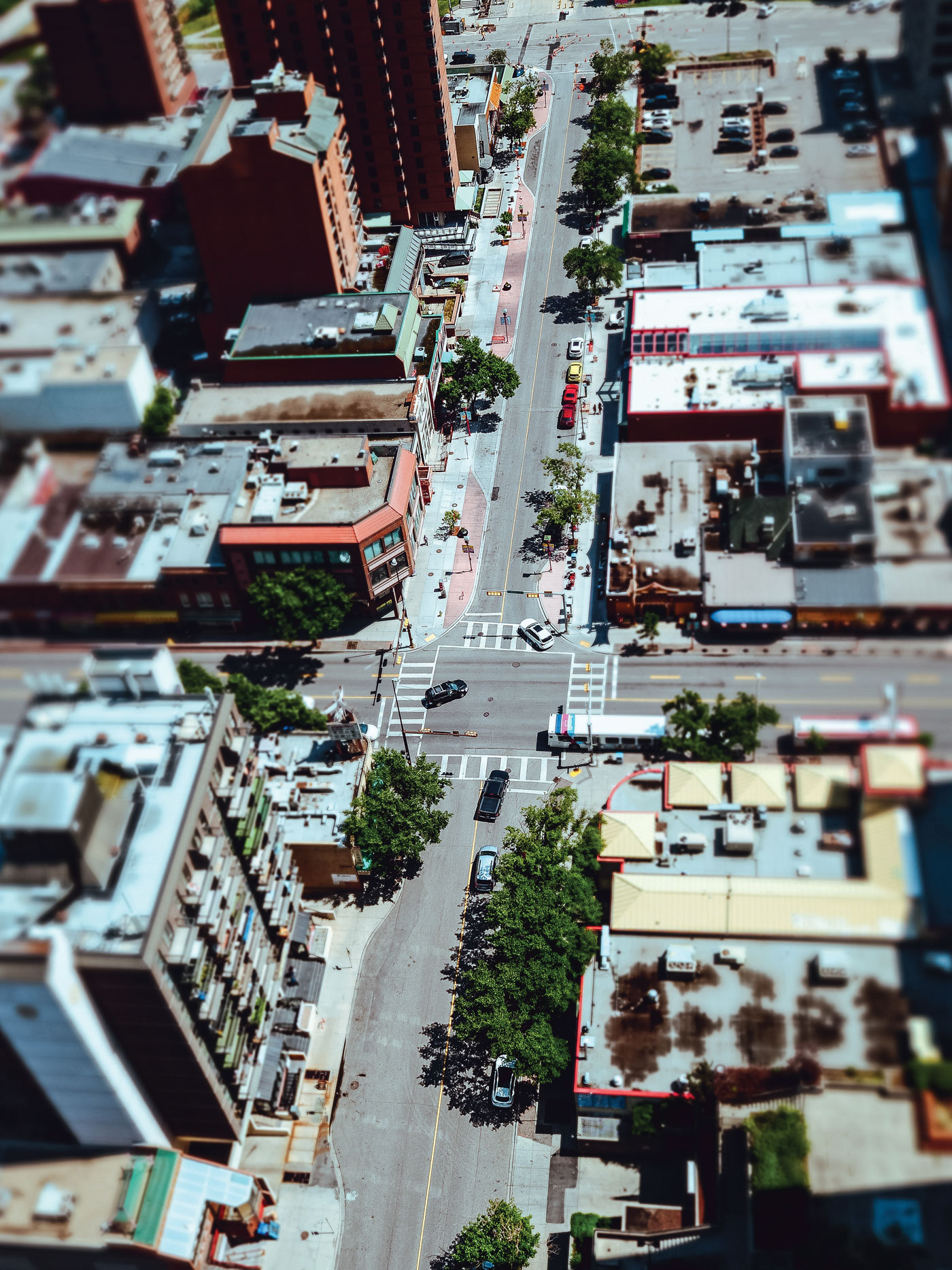
Calgary’s Chinatown is no stranger to the risk of losing its claim to space. Historically, its status as a cultural enclave in the city has been both its biggest asset and its biggest challenge.
Dating back more than 100 years, Chinatown has existed in three different locations in Calgary. In the 1880s, Chinese railworkers, predominantly young men, could neither afford to go back home, nor have their families join them due to the head tax imposed by the Canadian government that started at $50 and eventually rose to $500 per person. This left them stranded and separated from their families. Trapped in unfamiliar territory, they formed a small community at 8th Avenue and Centre Street near what is now the site of Glenbow museum. In 1886, a fire consumed much of the original district, and the community relocated just south of what is now 9th Avenue.
Chinatown was displaced again before 1910, when the Canadian Northern Railway decided to run tracks through the area and bought out the land to build the Palliser Hotel. To establish the community once more, several Chinese merchants purchased land near 2nd Avenue and Centre Street south, despite debate at City Hall about whether Chinese Calgarians should be segregated and not allowed to hold building permits. Despite being described as an area with “generally unsatisfactory conditions,” where “unsavoury smells abound” by the Calgary Herald in 1910, the district thrived with the establishment of organizations like the Chinese YMCA, the Chinese Mission and the Chinese Public School.
In 1947, the federal government repealed the Chinese Exclusion Act, which had halted Chinese immigration for more than 20 years. By 1967, the Chinese population in Calgary had soared. However, many newcomers opted to live outside of Chinatown, away from the city centre, putting the community in jeopardy yet again.
But the most serious threat to present-day Chinatown began in the 1960s when City planners proposed the construction of the East-West downtown “penetrator,” a freeway extension of Bow Trail that would split Chinatown in two. In response, the community gathered to create the Calgary Chinatown Development Task Force, a coalition of community leaders and business owners. The task force worked together for three years to create a design brief for the area, calling for a stop to the penetrator as well as improvements to housing, schools and cultural facilities.
Several other important groups and landmark projects emerged out of this work, including the Sien Lok Society, Sien Lok Park and the Oi Kwan Foundation’s senior housing project (now part of Clover Living, a senior retirement centre in the heart of Chinatown). It also helped pave the way for the Chinese Cultural Centre, completed in 1992, which was constructed to prevent the development of high-density buildings in favour of a shared community space.
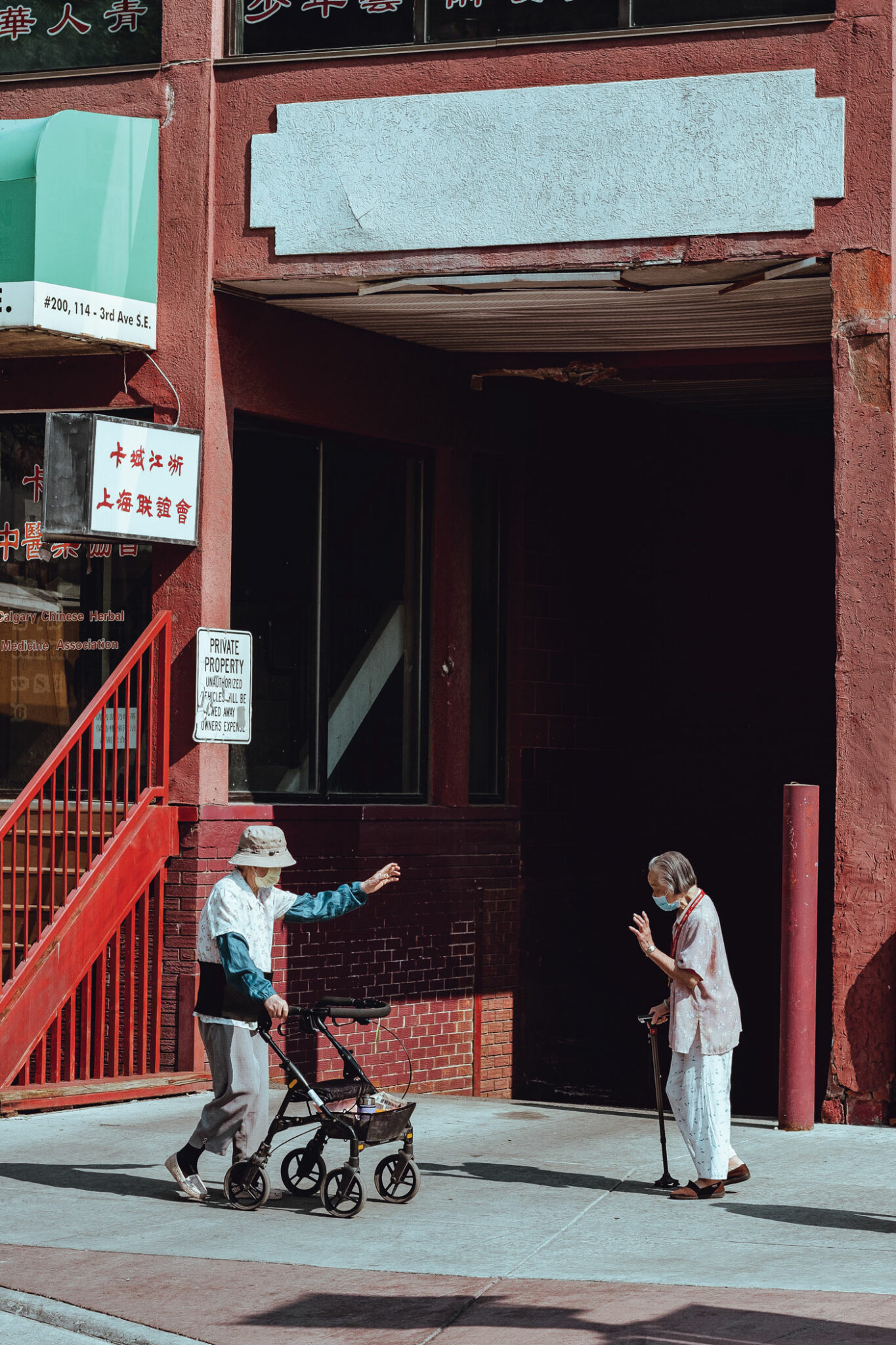
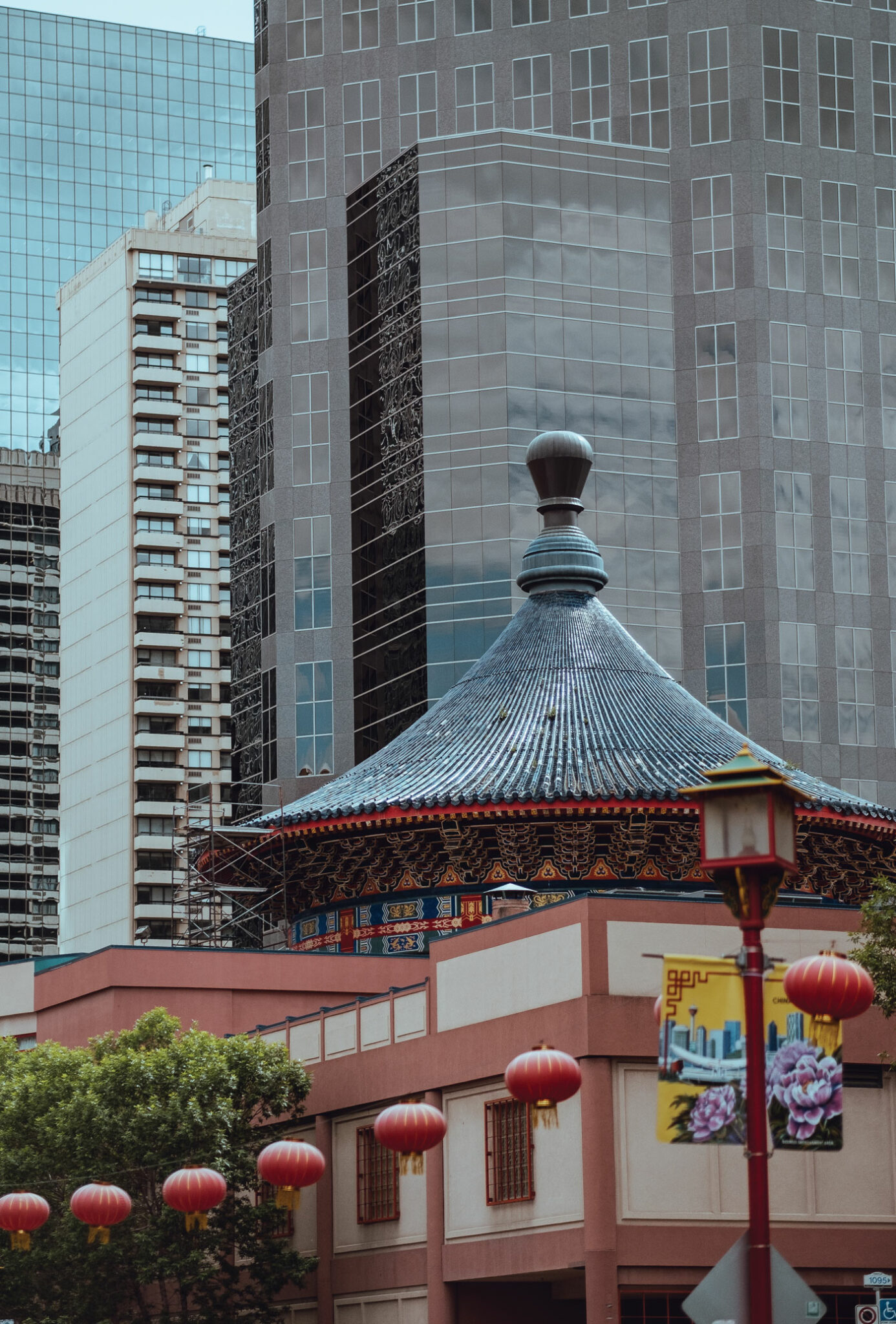
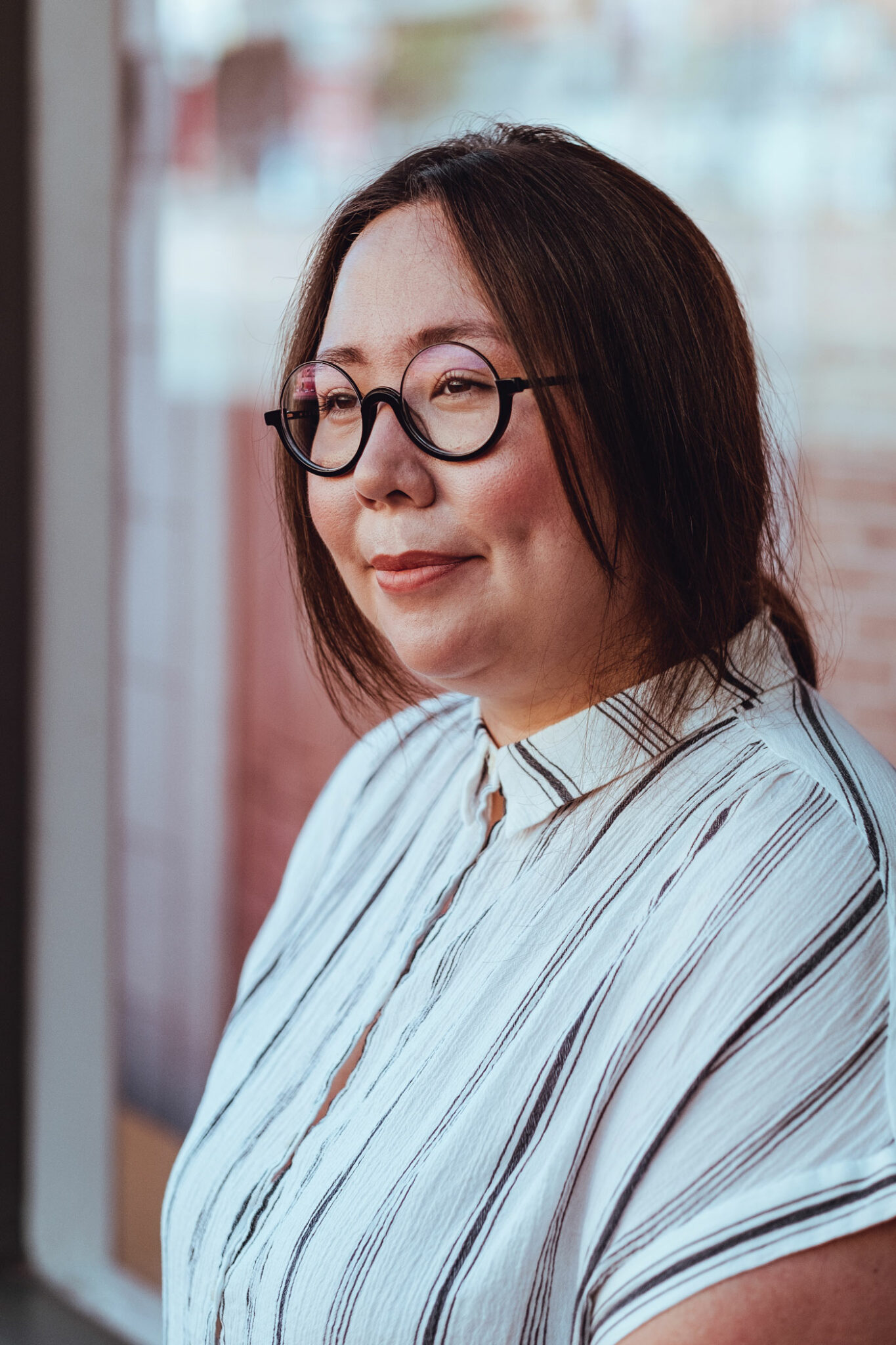
Many Chinatowns, like Calgary’s, sit on prime downtown real estate, ripe for redevelopment. Across Canada, Chinatowns and their stakeholders are engaged in an ongoing and sometimes tense conversation about the growing trend of knocking down older buildings and replacing them with high-density office and residential towers. This type of redevelopment often results in “building creep,” raising the cost of living for residents and pushing the community further out into the suburbs. “We see downtown creep happening now in Chinatowns in Winnipeg, Vancouver and Toronto,” Wong says. “It’s definitely worrisome for Calgary.”
Calgary’s Chinatown faced this issue in 2019, when a developer proposed a three-tower project at 2nd Avenue S.W., just east of the Cultural Centre. The project was eventually rejected after the community protested.
As a former member of the advisory group for the Tomorrow’s Chinatown initiative, Wong hopes the City will respect the historical significance of several buildings in the area and not allow high-density developments to be approved. He notes that new developments often are not affordably priced for seniors, lower-income households and multi-generational living — key populations in Chinatown. Development also typically leads to an influx of chain retailers and corporate franchises as anchor tenants in new buildings. This can then put smaller local and family-owned businesses, and less-formal operations like street vendors, at risk of closing. Wong believes these smaller retailers are the character of Chinatown and shouldn’t be overrun. “Communities are not just property values,” he says. “Communities are made up of the people who need to thrive in the area.”
Sien Lok Society president John Dong is more in favour of development. He sees it as a way to increase foot traffic for existing businesses and support the area financially. Established in 1968, Sien Lok Society supports Chinatown with fundraising galas, free events for seniors and donations to organizations in Chinatown and throughout Calgary, as well as an annual scholarship program. Dong notes that currently, businesses in the area can’t compete with grocery chains like T&T in suburban communities, and as a result, business is suffering. “I don’t want to see our Chinatown become dead or empty,” Dong says, “because our family has been in Calgary for over 100 years.”
Danny Ng, a director of the Sien Lok Society who has participated in the advisory group for the Tomorrow’s Chinatown initiative, also believes development could increase activity in the area and make it feel vital again. He feels businesses are struggling due to fewer visitors in the area and because none of the usual festivals and events took place during the pandemic.
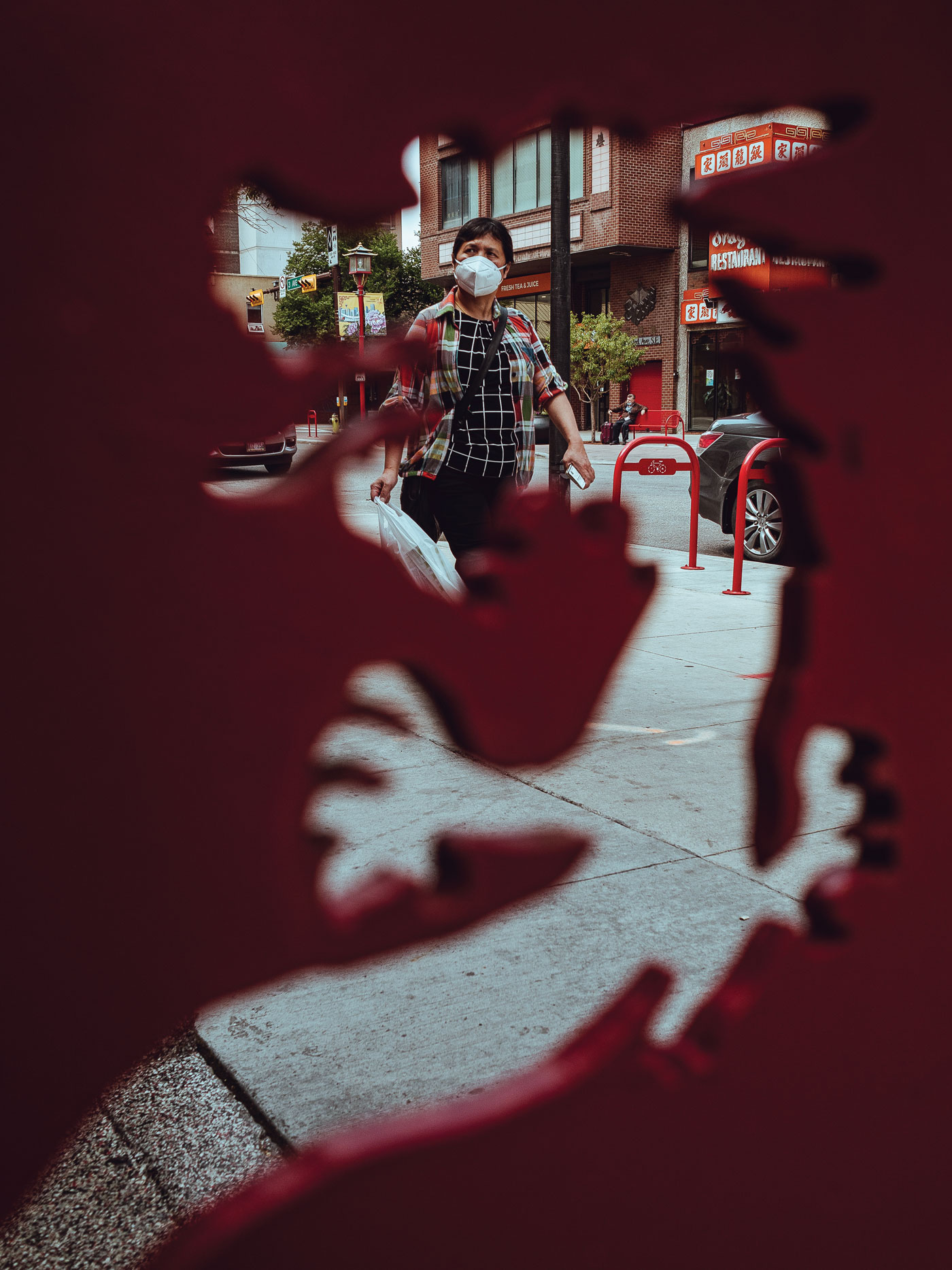
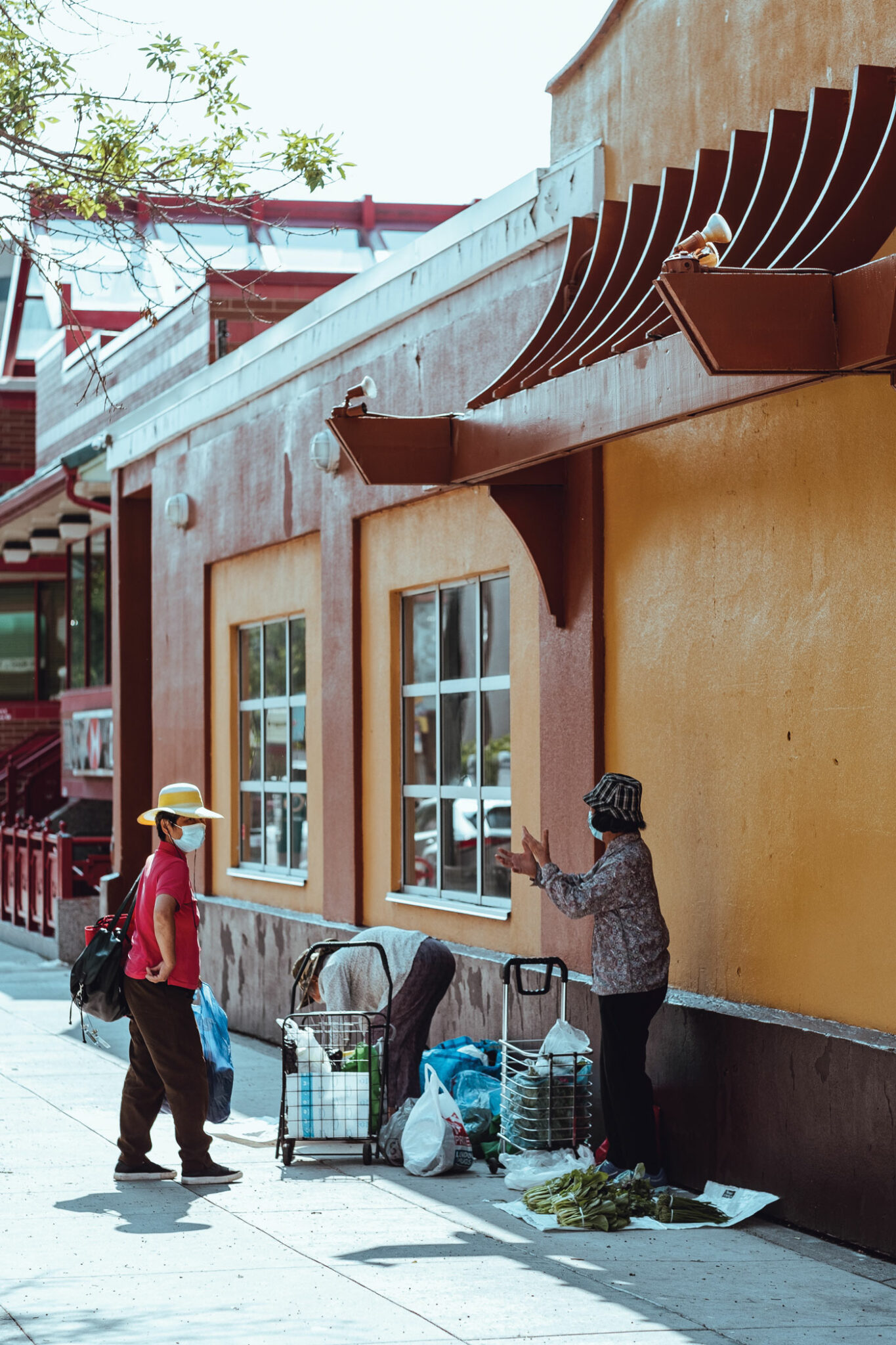
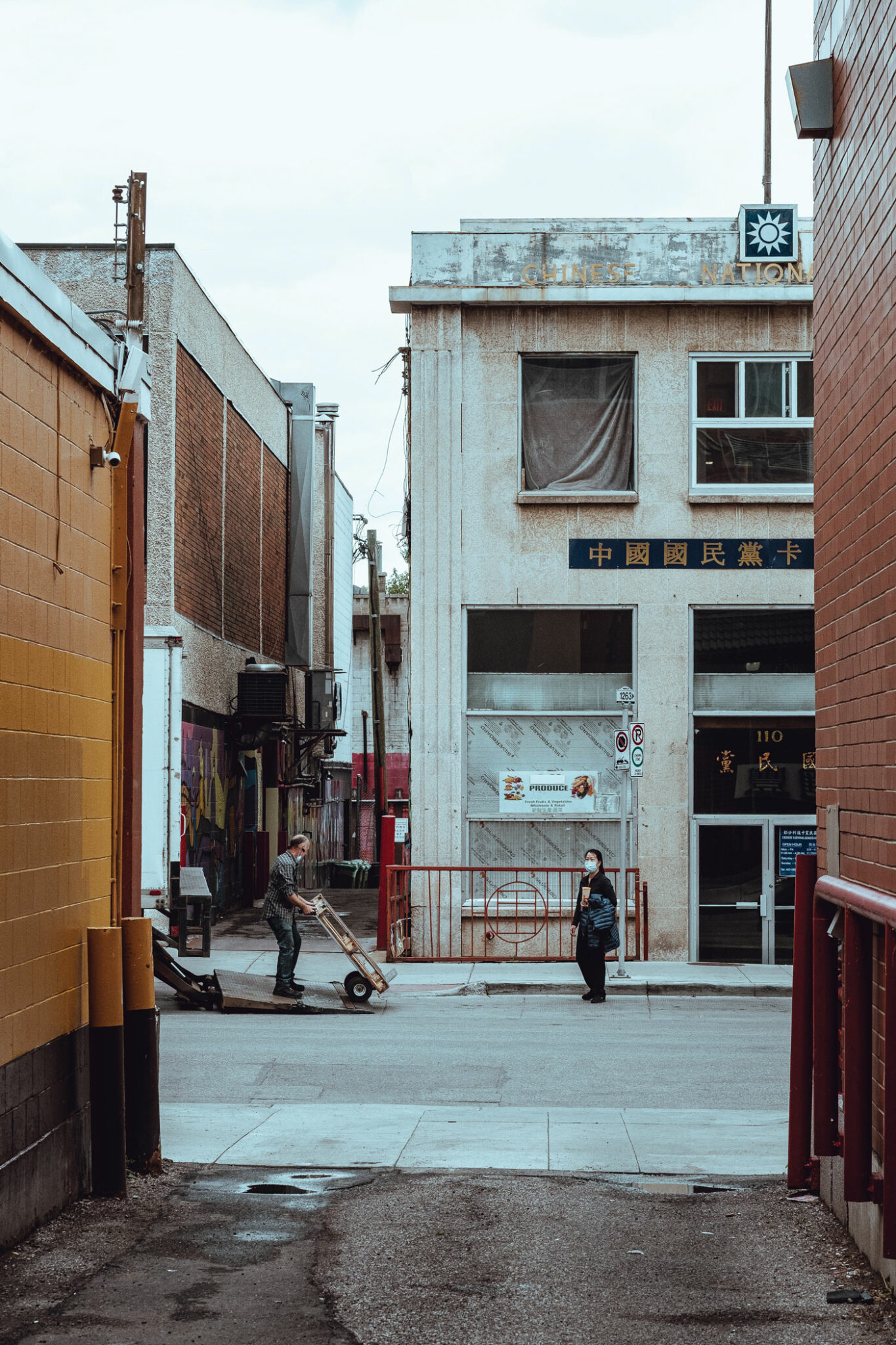
Both Dong and Ng are weary of changes made to Chinatown without community consultation, particularly by the City. Wong agrees more work could be done to help build trust between the City and the community.
“The moment you think you know more than the business owners, the seniors and the community members, it’s an issue,” Wong says.
The Tomorrow’s Chinatown initiative has focused efforts on community consultation, an acknowledgement, perhaps, of the gaps in the previous ARP. As part of the discovery process, the City’s planning department consulted with key stakeholders like the BIA, Sien Lok Society and seniors’ organizations, and established the advisory group of 25 members from the community. “We recognize and acknowledge the painful past of Calgary’s Chinatown,” Elahi, the senior planner, says. “With the development of the Cultural Plan for Chinatown, the City will continue to facilitate an ongoing conversation with the community.”
This past summer, the City opened a bike and walking pathway through 3rd Avenue. The project happened in tandem with construction in Eau Claire and flood mitigation work in the area. Proposed as a way to increase foot traffic in Chinatown, it nevertheless raised community concerns. Grace Su, executive director of Clover Living seniors’ residence, thinks the pathway may help make the area more walkable for visitors, but worries about its unintended effects on residents and merchants. “The loss of parking stalls could affect family visitations to senior residential buildings in the area, including Clover Living,” she says. “The speed of scooters and bikes is also a concern for seniors who are slow crossing the roads.”
Wong, who is running for City Council in Ward 7 (which includes Chinatown), feels the proposed pathway project is an example of City Council not thinking holistically about how a small development change affects the community as a whole. He believes communities should be involved at the “problem/opportunity definition stage” rather than used as a sounding board for the City’s solutions. He also points out that though the City’s proposal for Chinatown may be approved, the community will still need to collaborate to put it into action, bringing together all of the key stakeholders who are passionate about the area’s future. “Ultimately, the City’s cultural plan for Chinatown is just a plan,” Wong says. “We need to take ownership on executing the plan, using it as an opportunity and a responsibility to move forward together.”
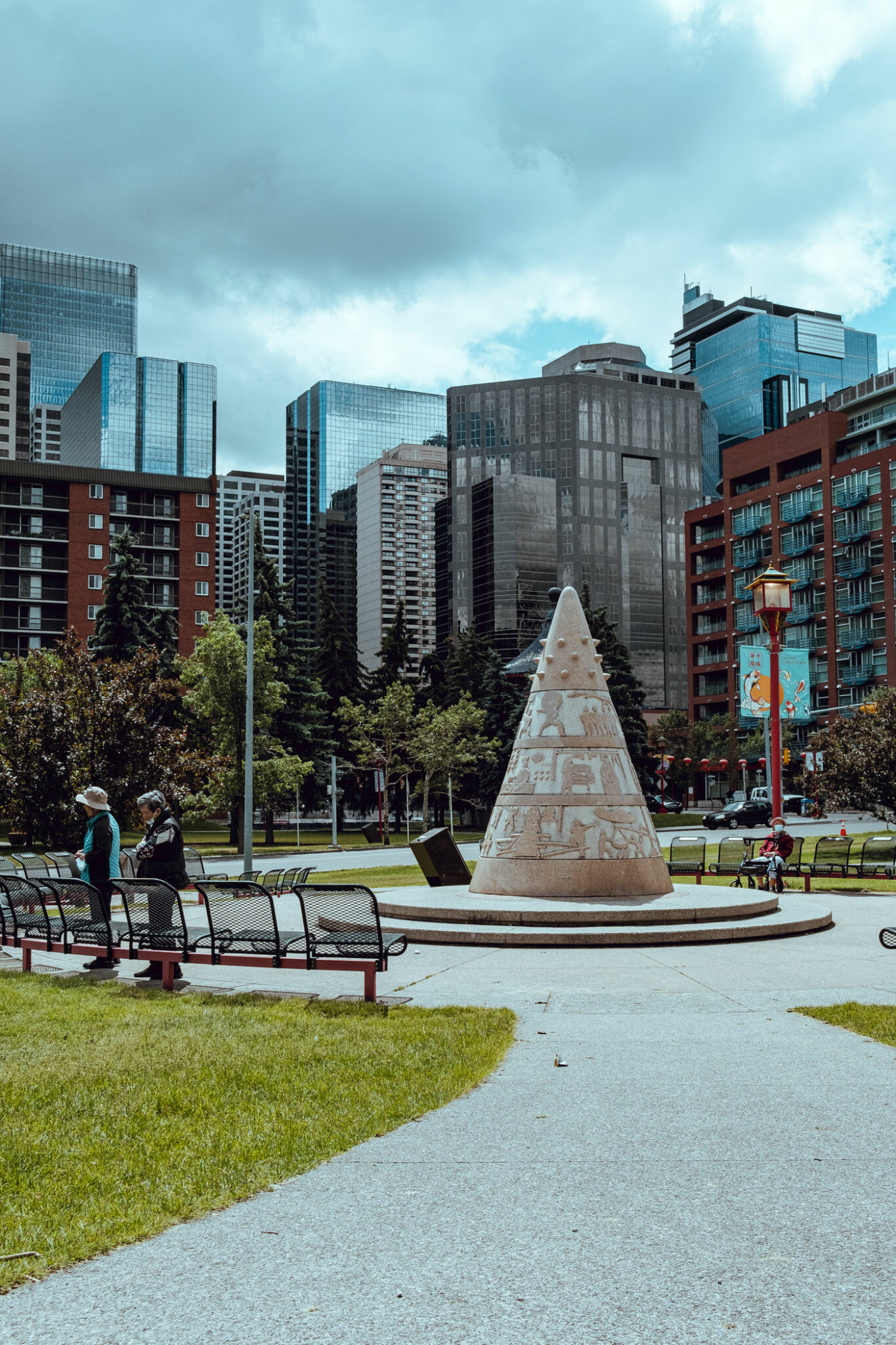
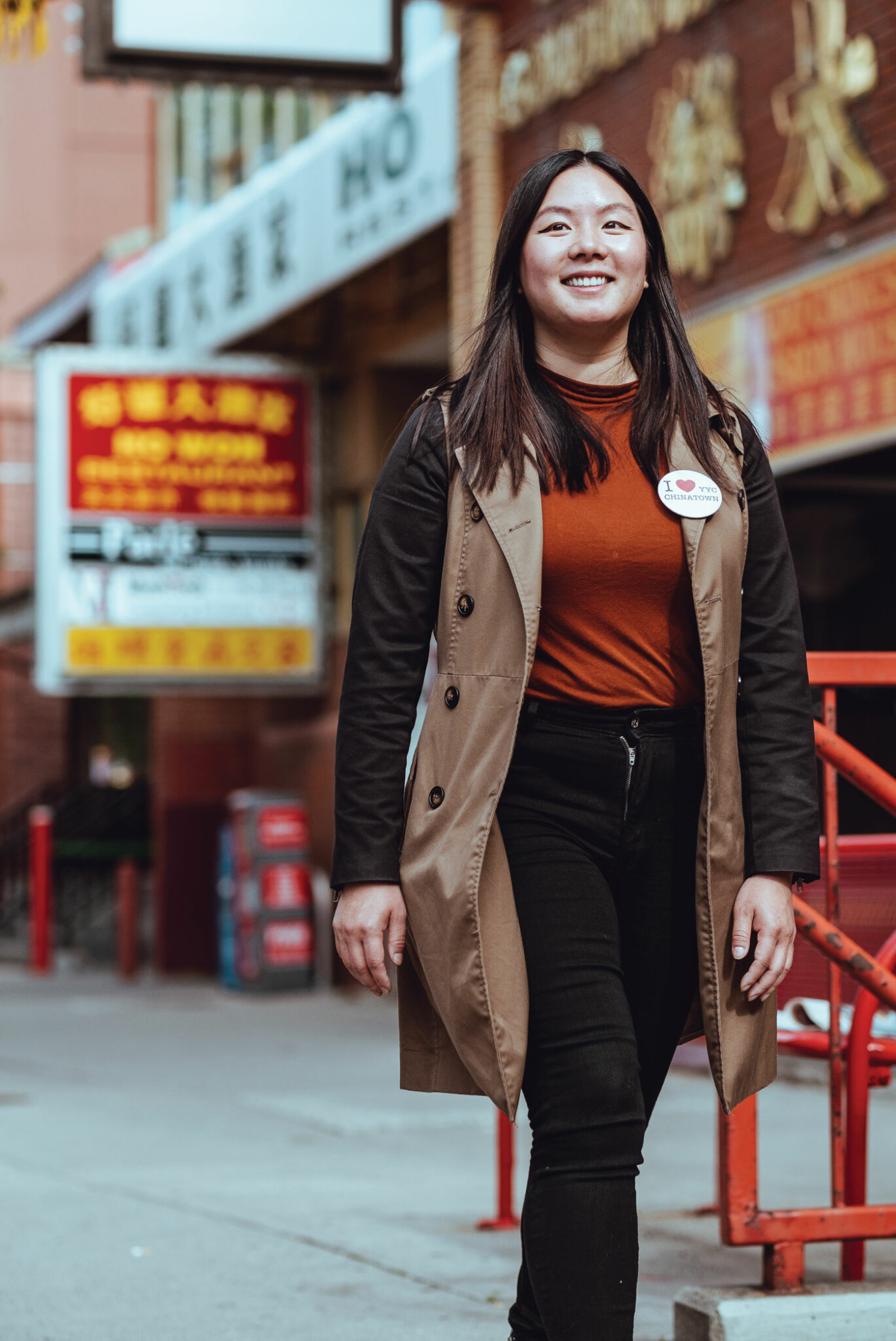
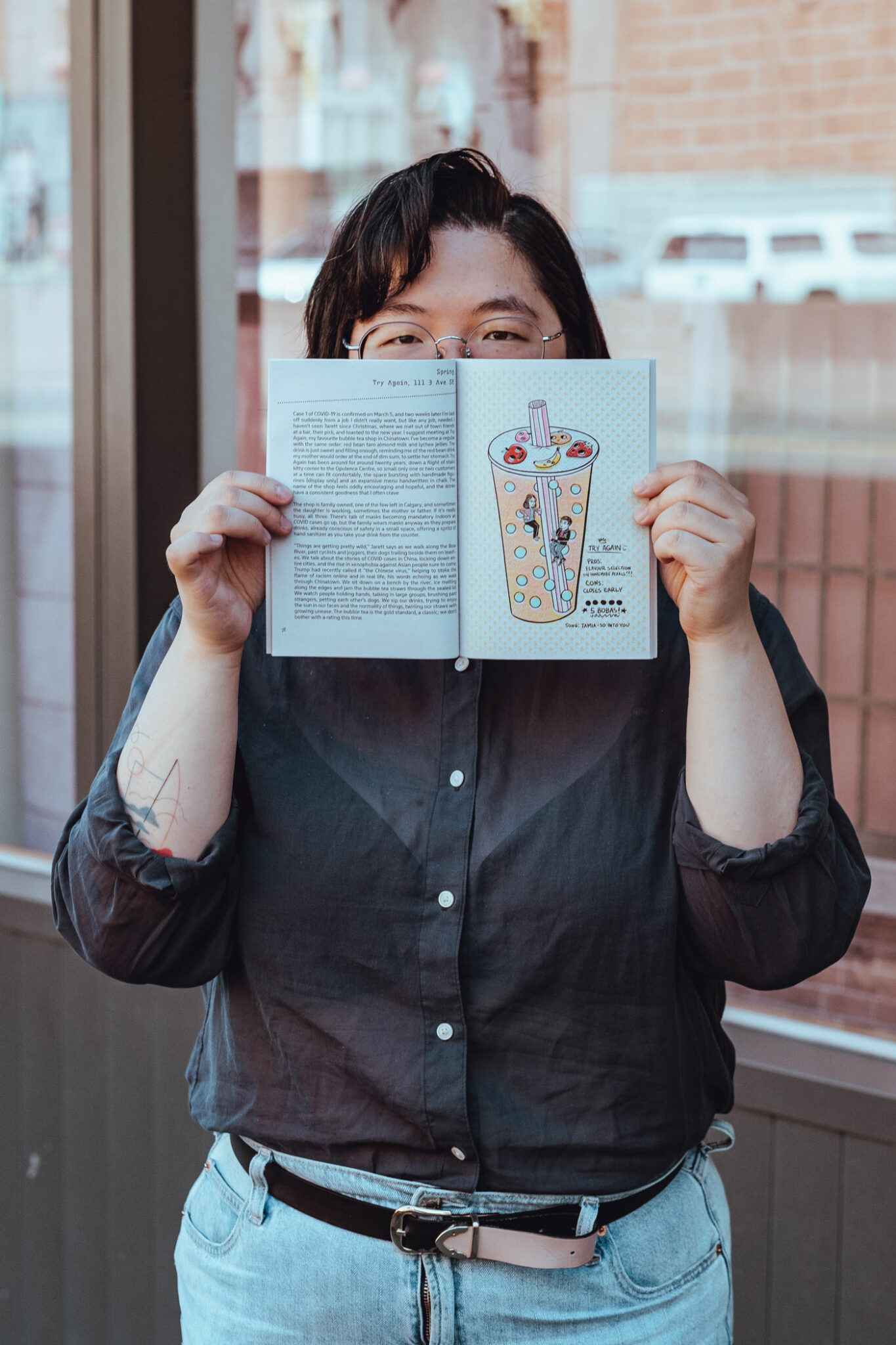
Alice Lam, a member of the volunteer advocacy group I Love YYC Chinatown, says the tone on City Council seems to be shifting to be more informed and considerate of community needs. She sees this shift as reflective of the ongoing Black Lives Matter protests and public anti-racism hearings in July 2020, as well as calls for City Hall to be more inclusive in how it engages with the public. “Councillors have become more radicalized, more educated,” Lam says. “As the City embarks on an anti-racist approach to the way they handle things, it is important [that they] not force something to happen if the majority of residents don’t think it will benefit the neighbourhood. It should be a partnership, and compromises must be made on both sides toward the goal of building a better community.”
Part of I Love YYC Chinatown’s mission is to act as a bridge between older generations in Chinatown and the greater Calgary community, as well as foster cultural exchange and preservation. The group provides walking historical tours of the area, highlighting the stories of the original settlers and the tongs. The tongs, also known as benevolent societies, grew out of Asian immigrants’ needs for support for housing, jobs and community connection, particularly amid ongoing racism and discrimination. The tongs also helped establish affordable living spaces and amenities within walking distance, creating a planning model that responded directly to the needs of residents.
“We want more Calgarians to learn about the resilient history of this community and see the value of replicating this model in other parts of the city,” Lam notes, adding that she’d love to see young families moving into Chinatown.
I Love YYC Chinatown is part of a resurgence of younger people taking an active interest in the area’s future. Artist-run centre The New Gallery (TNG) moved to Chinatown in 2013, and has since made it a priority to engage with the needs and interests of the community. Partnering with the City of Calgary Public Art Program, TNG created the Calgary Chinatown Artist Residency. Three artists with a connection to Chinatown were selected from across North America to create new projects that include outreach with local community members. “Residencies are important for public art because the community needs to be able to see and access how art is made to avoid a disconnect,” says TNG’s director Su Ying Strang.
Teresa Tam, a participating artist in the TNG residency along with Annie Wong and Cheryl Wing-Zi Wong, is also one half of Yolkless Press, a risograph printing press started in 2020 to create art outside a traditional gallery space. Yolkless distributed its first publication, Colonial Imports, for free throughout Calgary. The publication explored the ubiquity of bubble tea in Chinatown and its relationship to the future of the area. “Colonial Imports came from a frustration with the tokenization of ‘ethnic’ food, often reviewed with a colonial perspective,” Tam says. “We wanted to create an enjoyable project, while also being critical of the typical ways of reviewing and responding to food.”
With several projects in the works, Yolkless Press hopes to find an affordable location in Chinatown with enough room to create an informal gathering space in the community. “Chinatown has the potential for a connection that can’t happen elsewhere,” Tam says. “It would be great to create a place to linger in the area, to exchange not only money, but also ideas and art.”
Despite some decline, new businesses have also continued to open in the the area. Nhi Tran and Tanner Ennis, say they couldn’t have found a better spot for their first hospitality venture, Paper Lantern. Known for its authentic Vietnamese food and creative drinks in a tropical setting, the restaurant prides itself on its varied clientele, and co-owners Tran and Ennis say they hope this inclusiveness contributes to the sustainability of the community.
“Chinatown is a magical, welcoming place that’s rooted in culture. It’s home to some of the most amazing food and history you’ll find in Calgary,” Tran says. “And we wanted to be a part of that.”
The more this sentiment is shared by business-owners, residents, visitors, City officials and others, the more likely it is that Chinatown will continue to be a vibrant and relevant cultural enclave, regardless of future development.
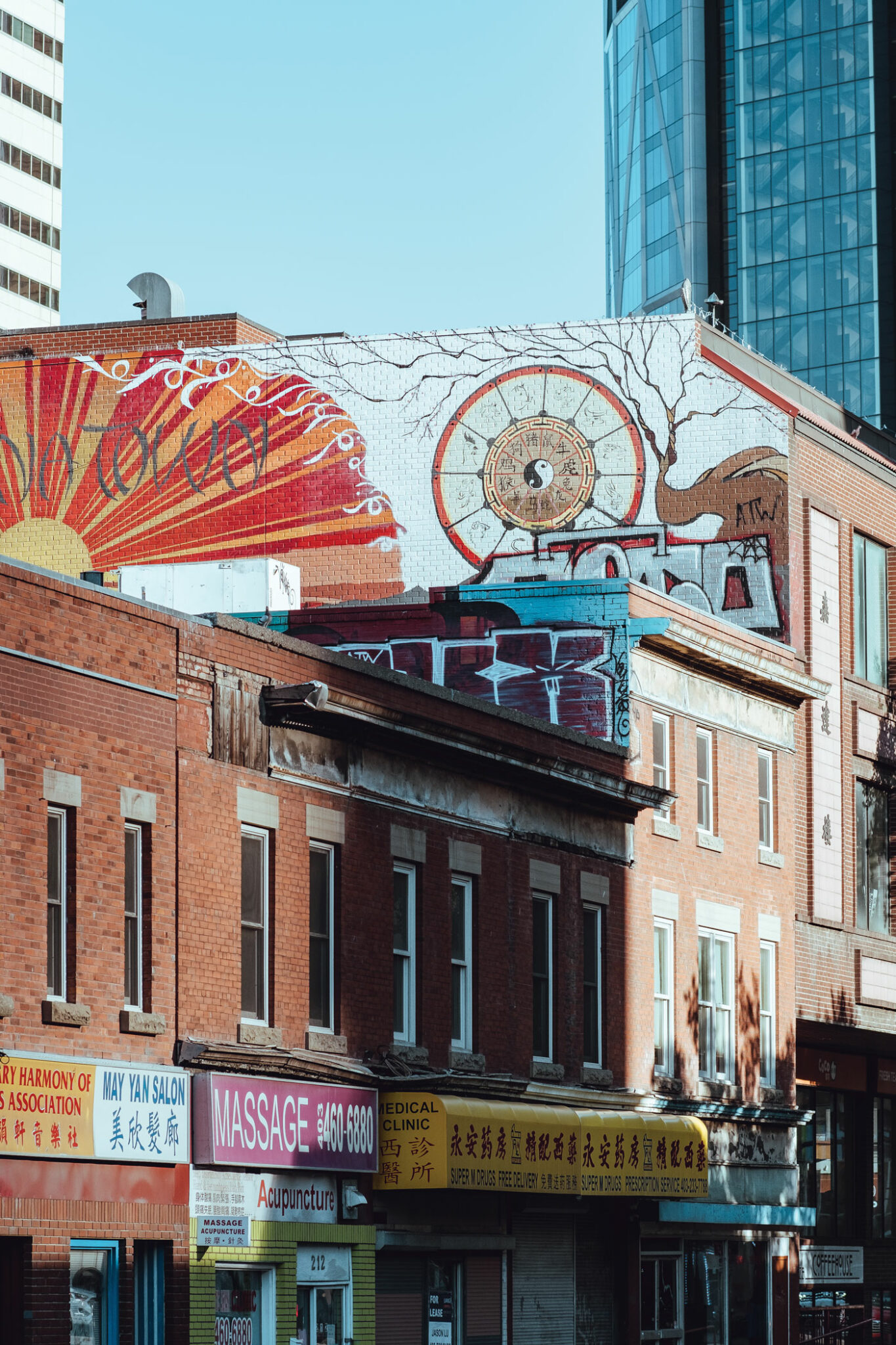

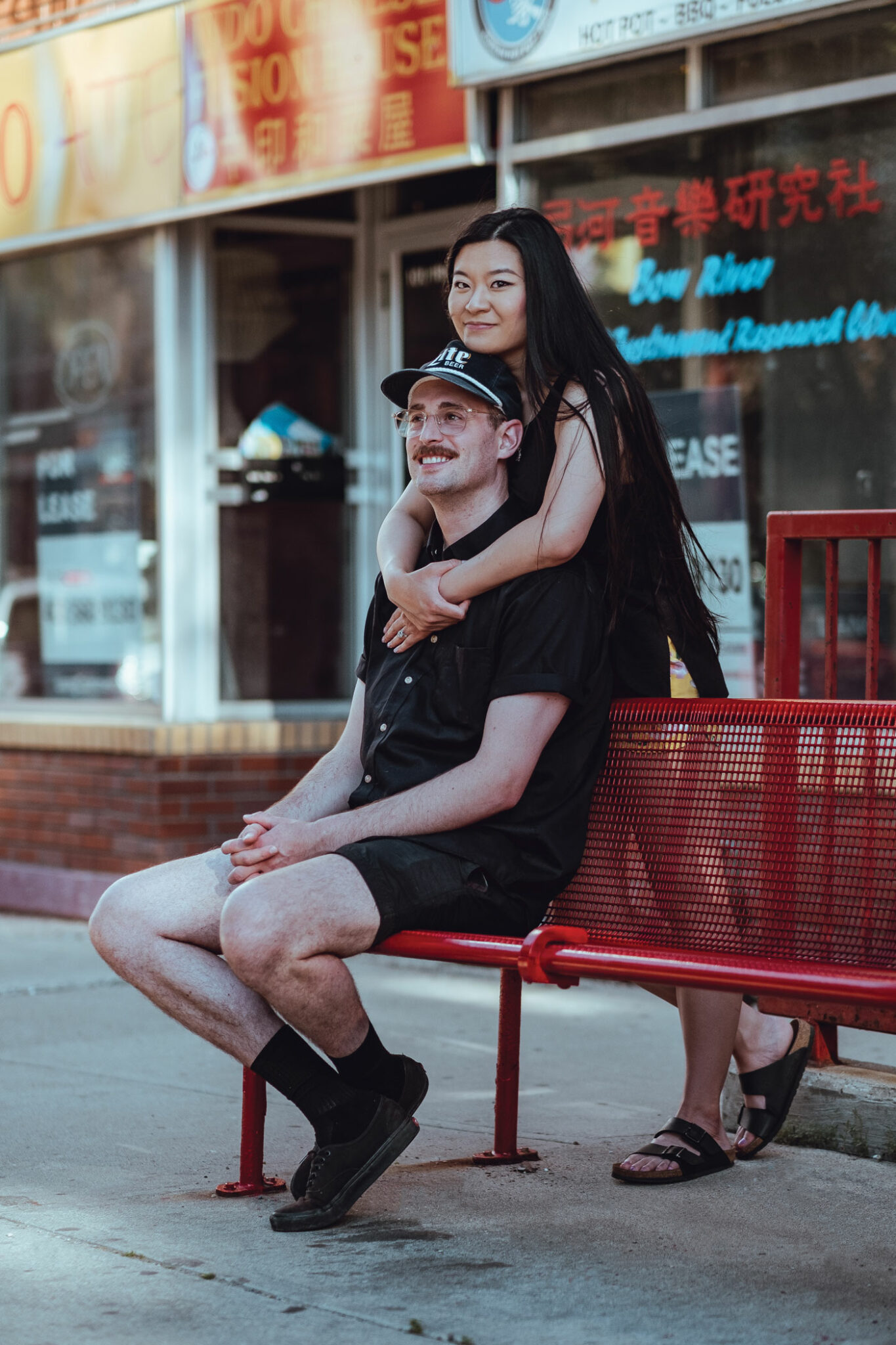
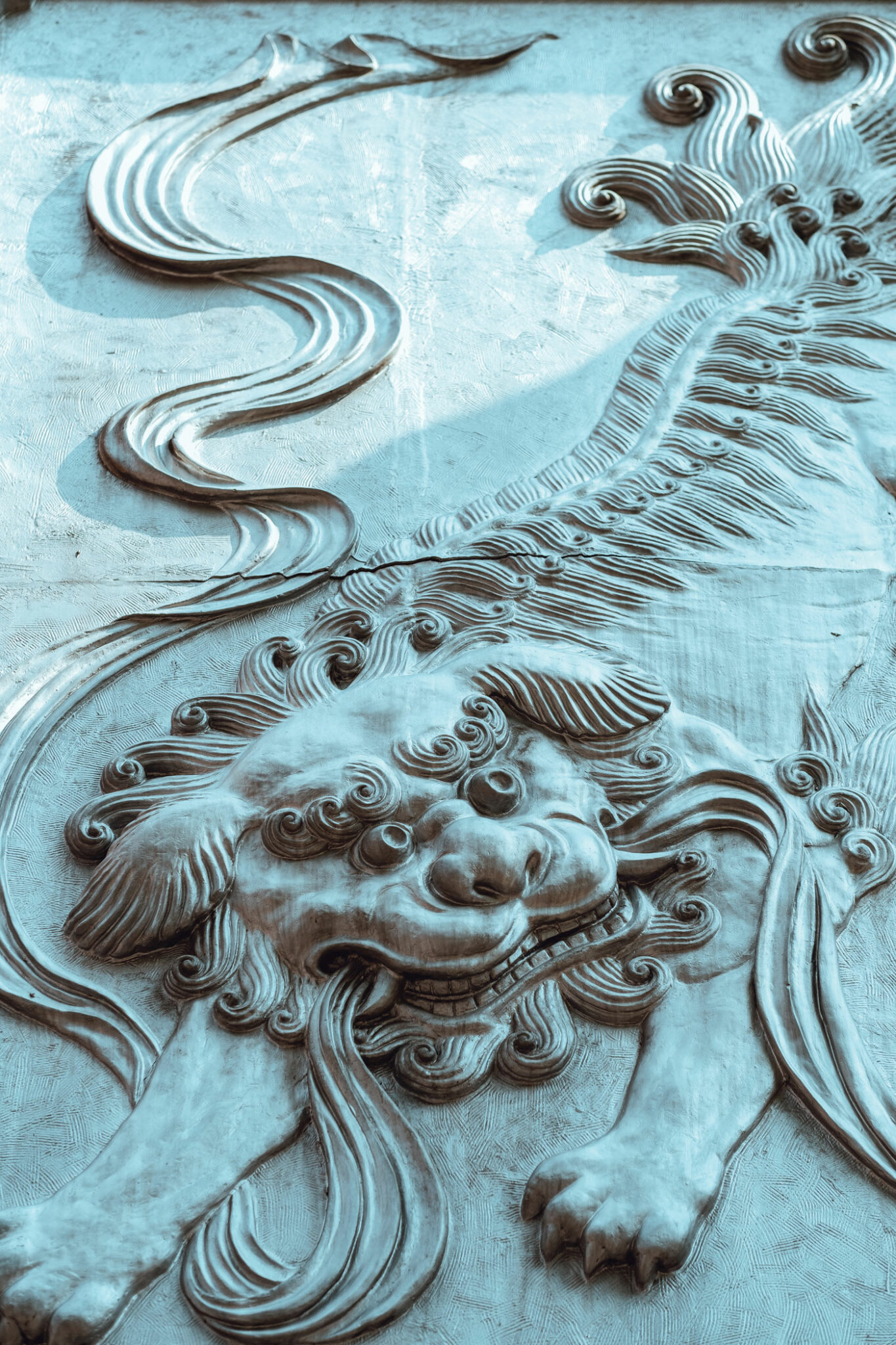
This content was produced by Avenue Magazine. The advertiser had no influence over this editorial.
